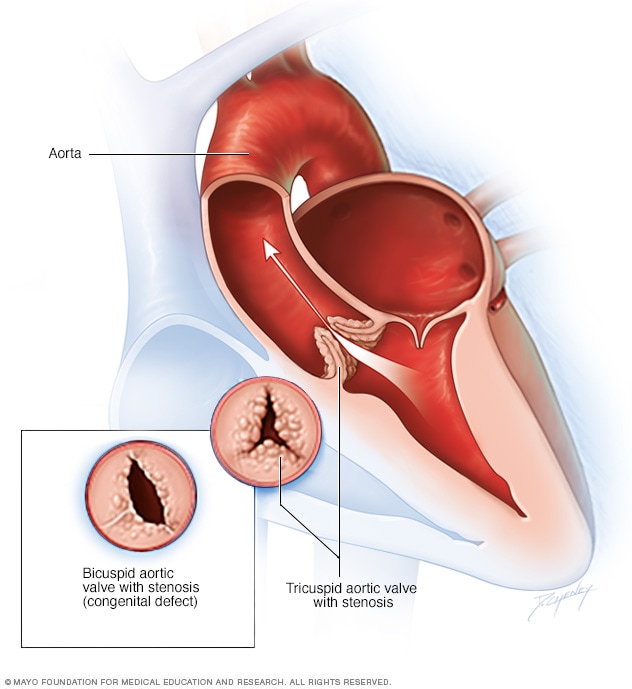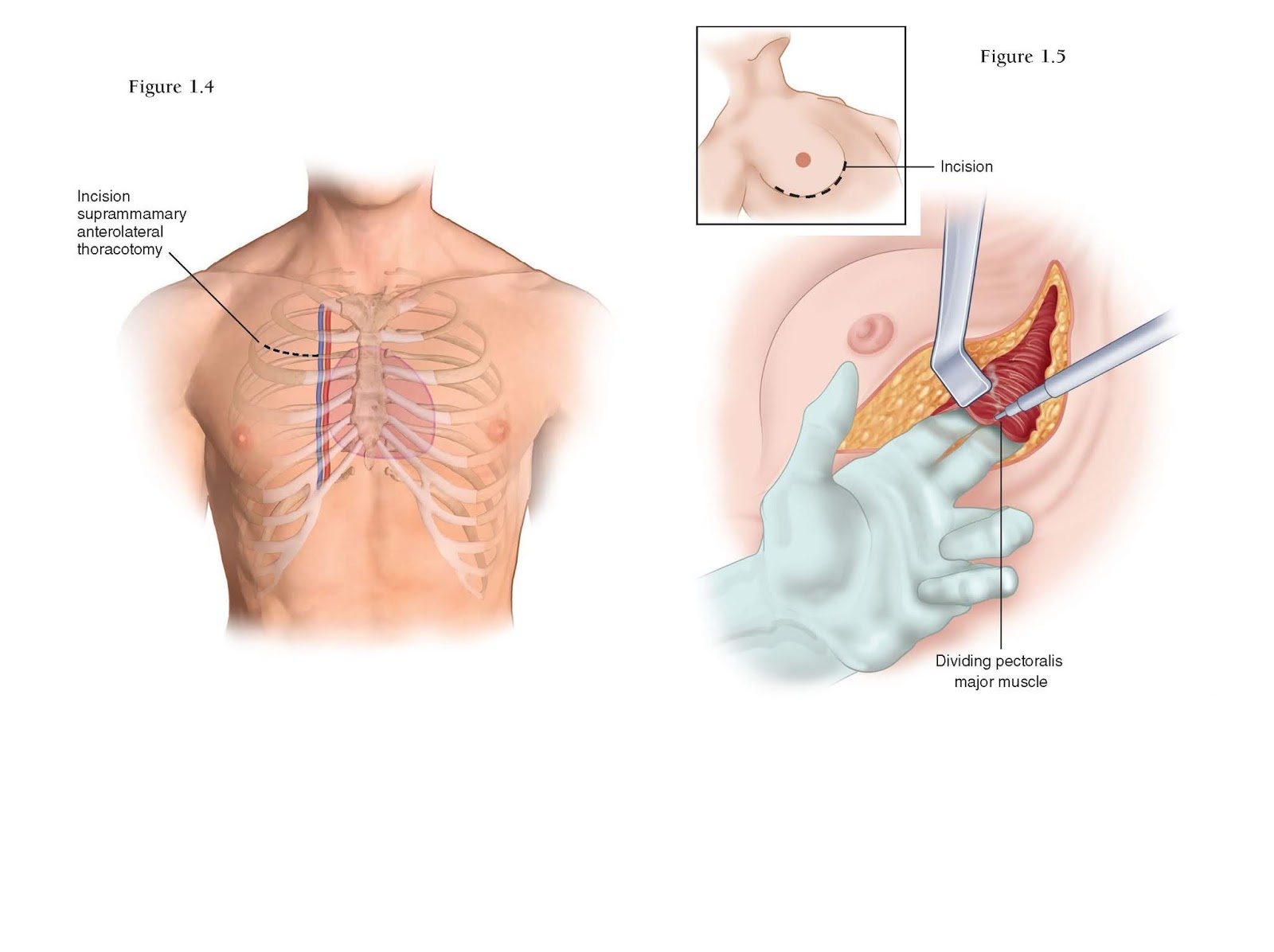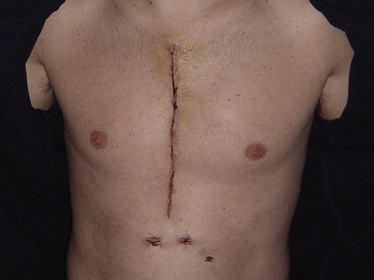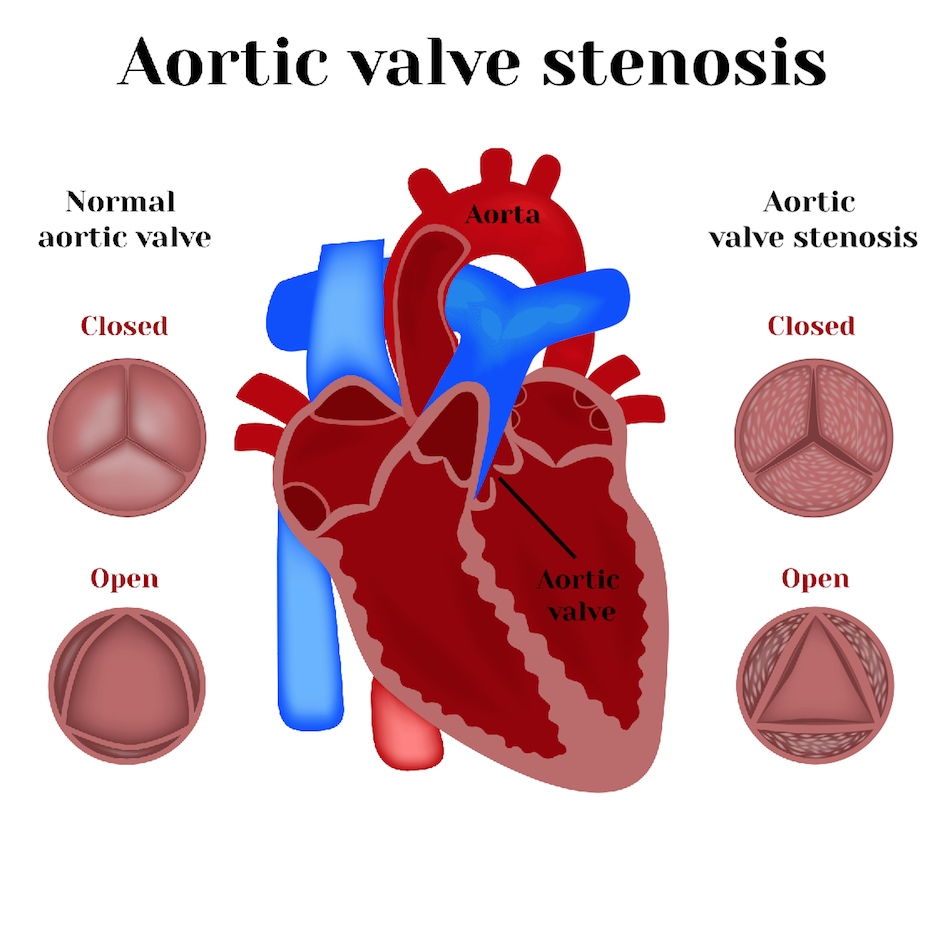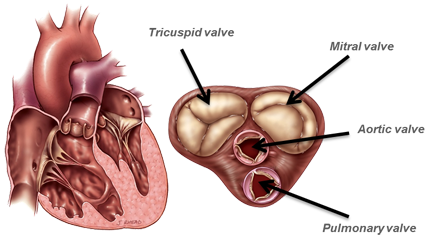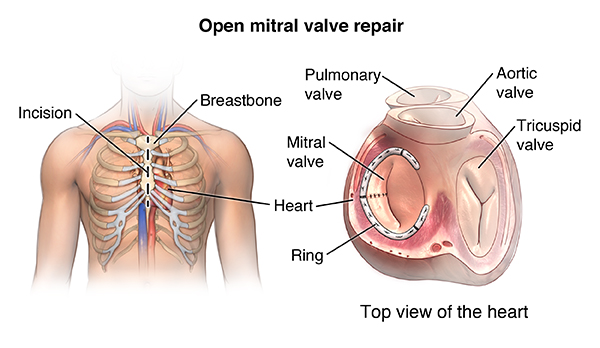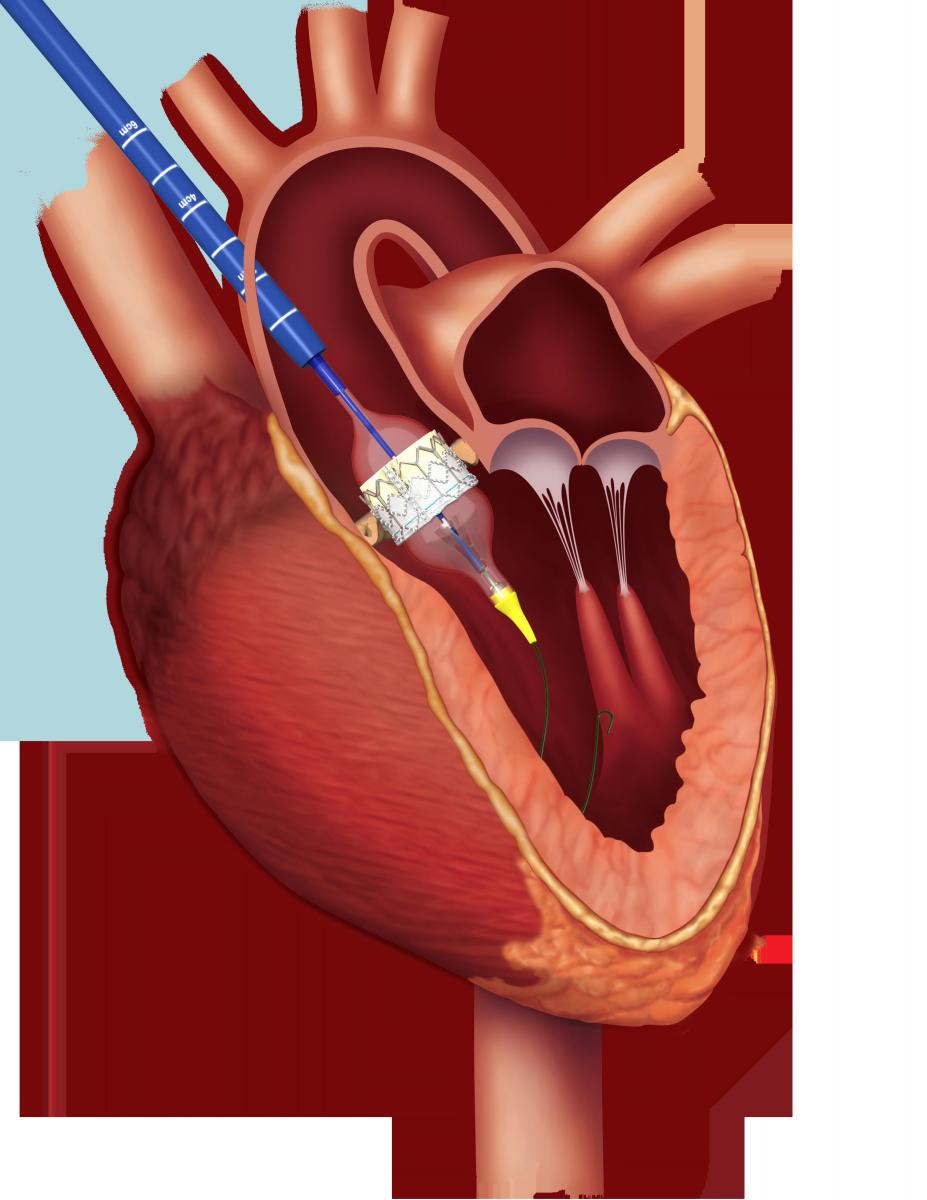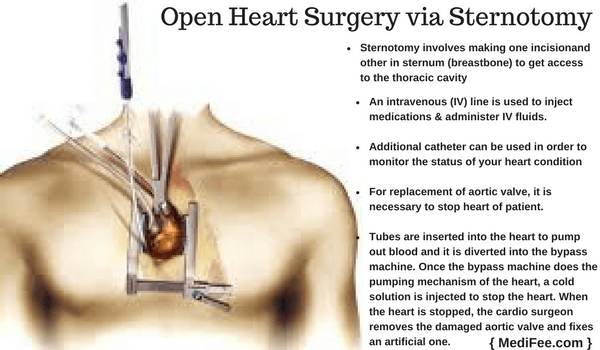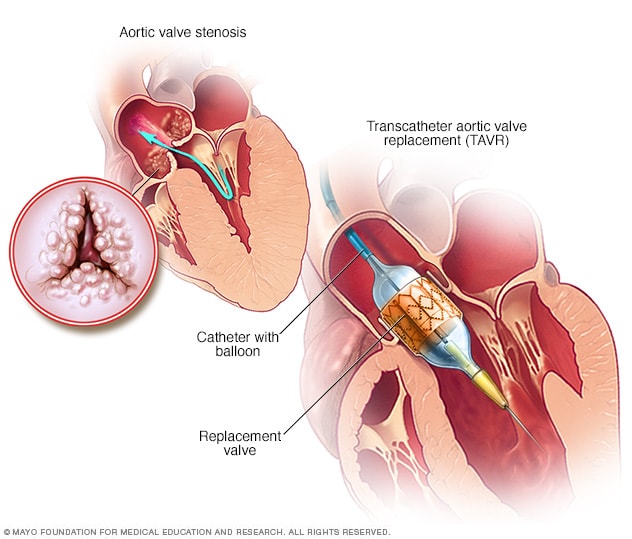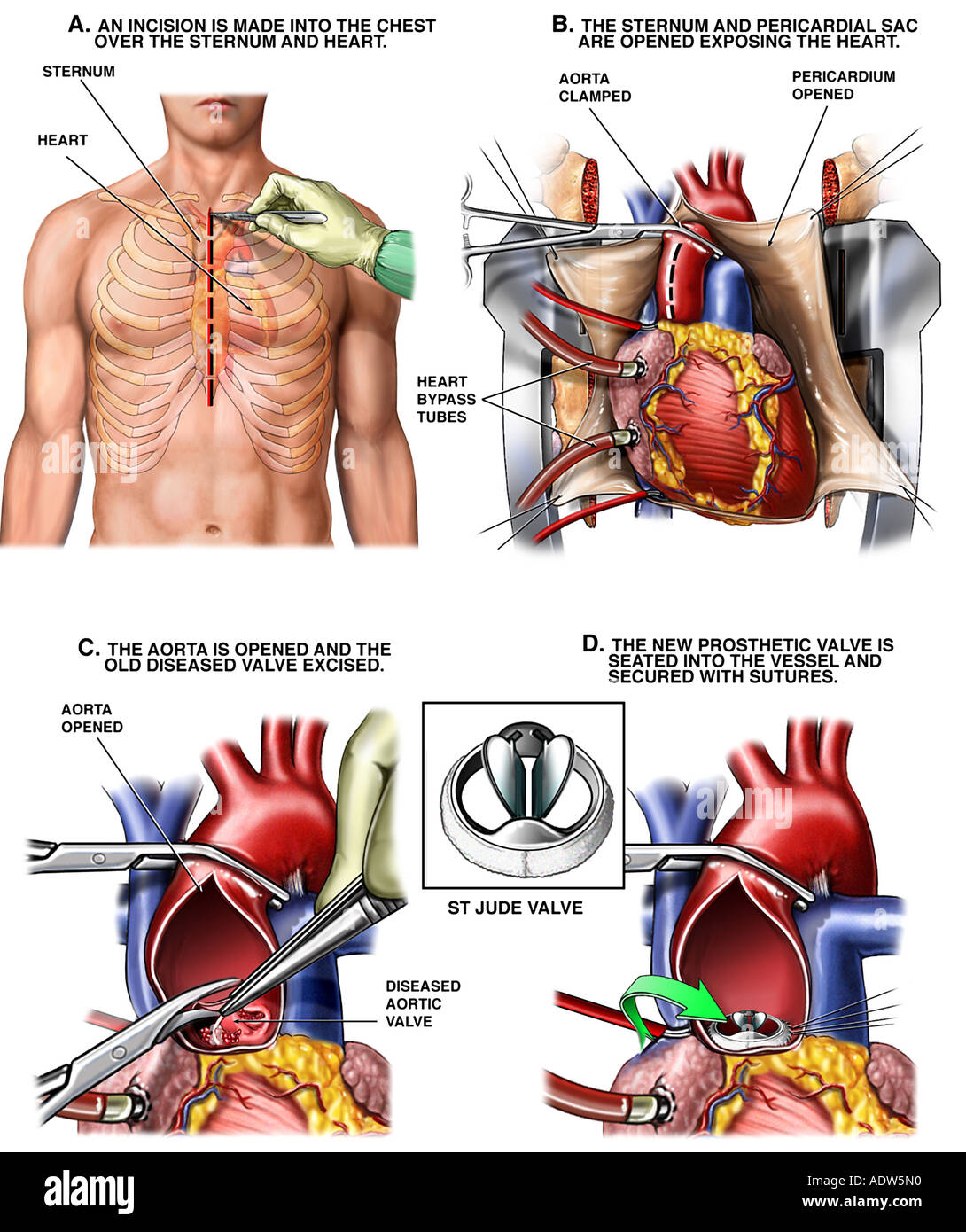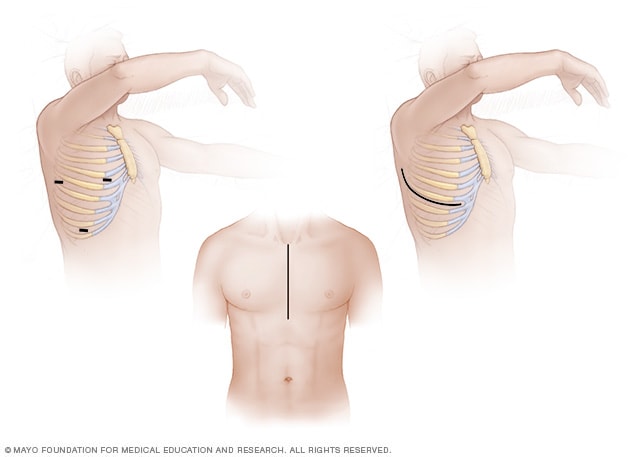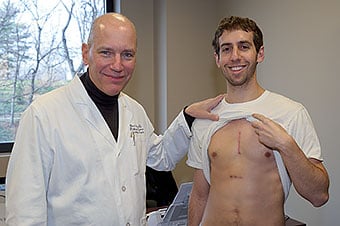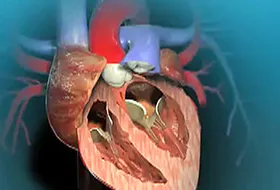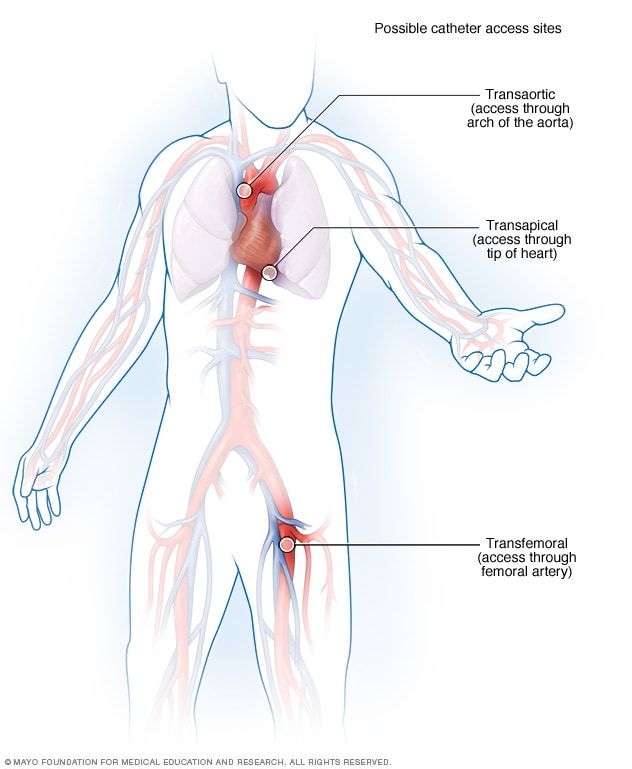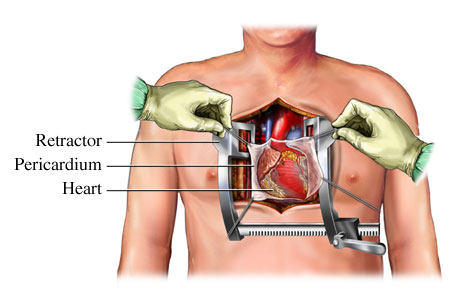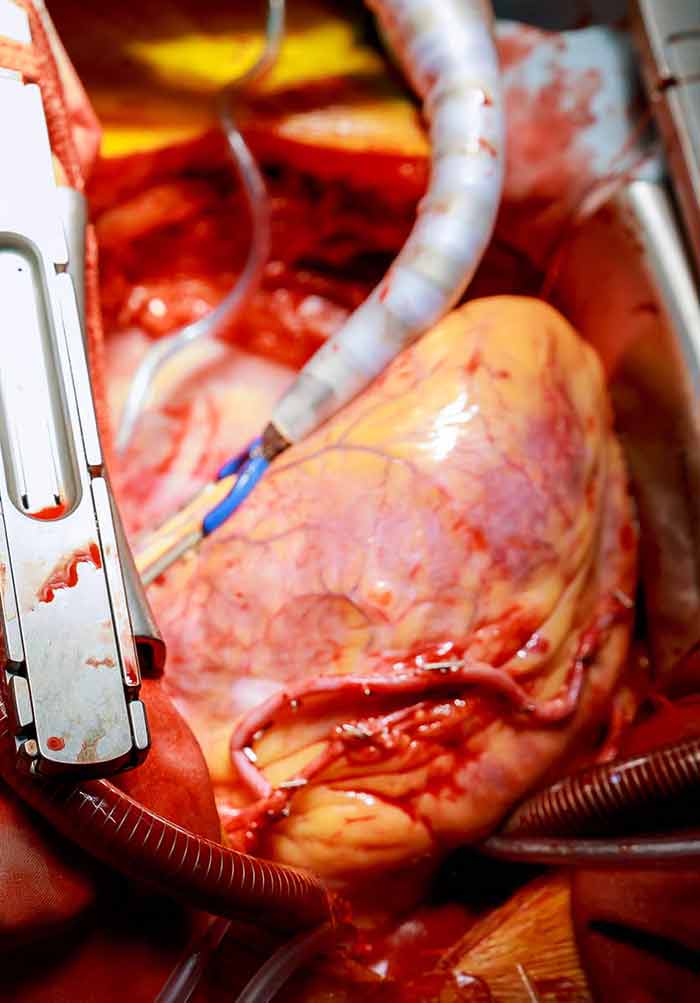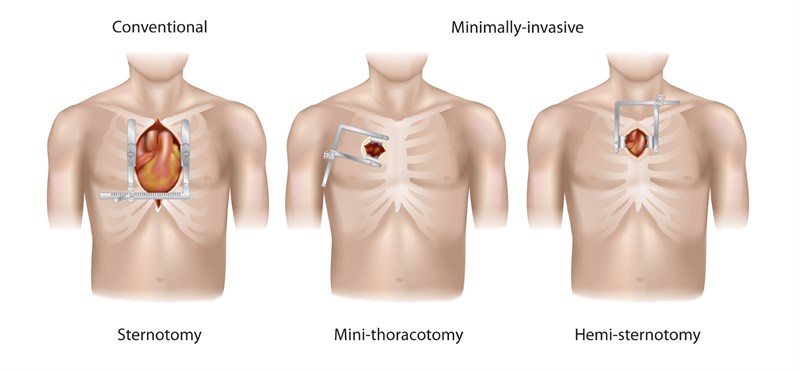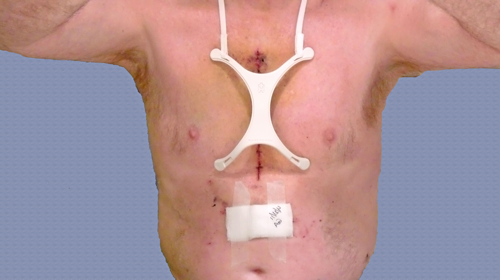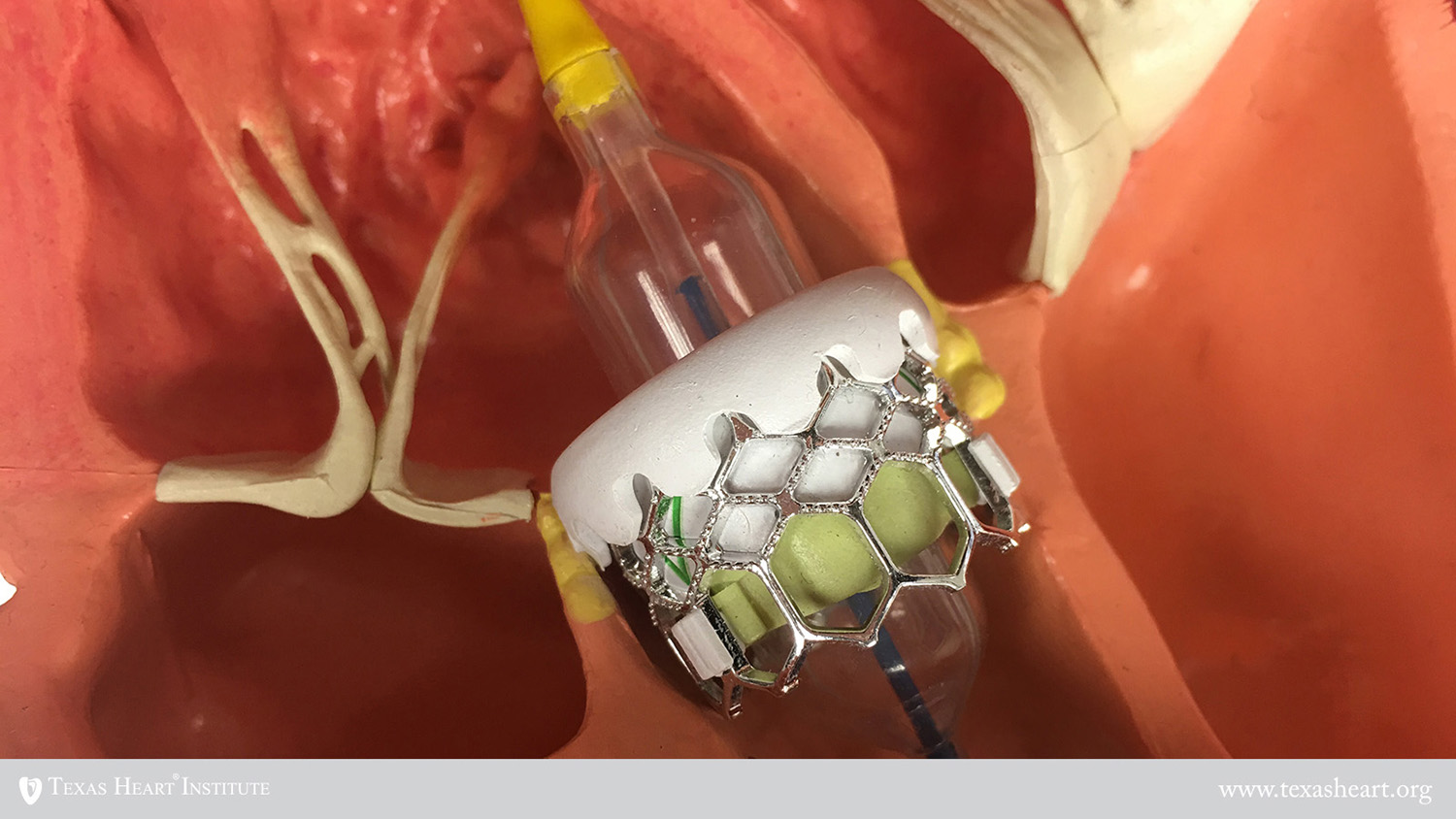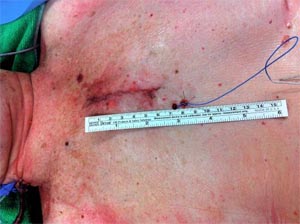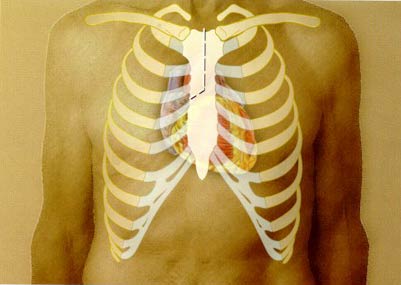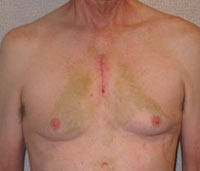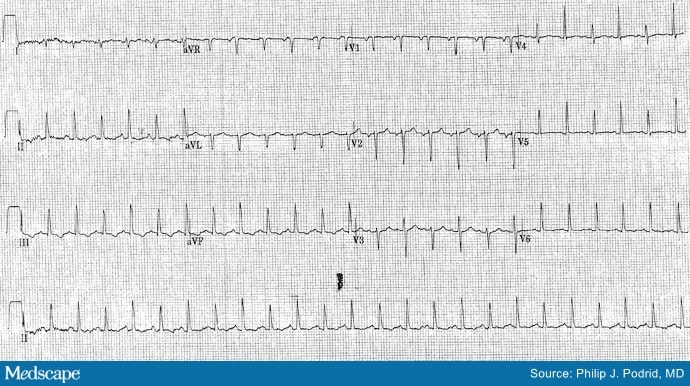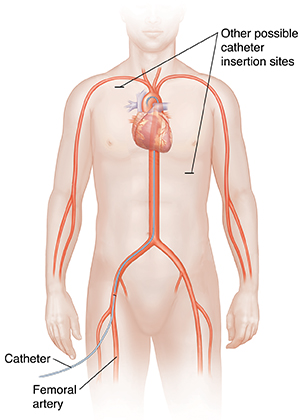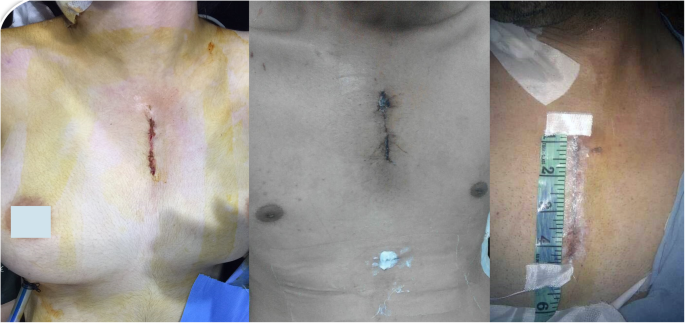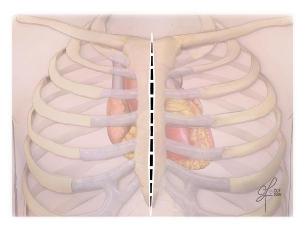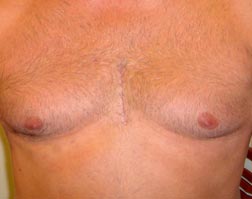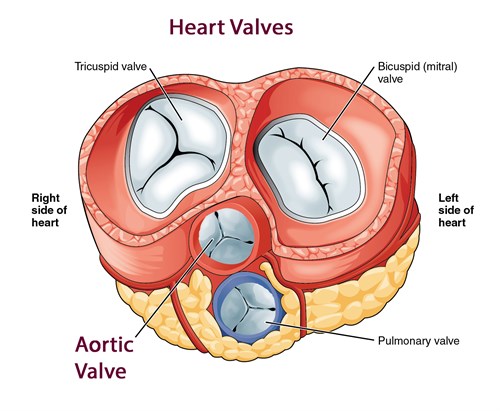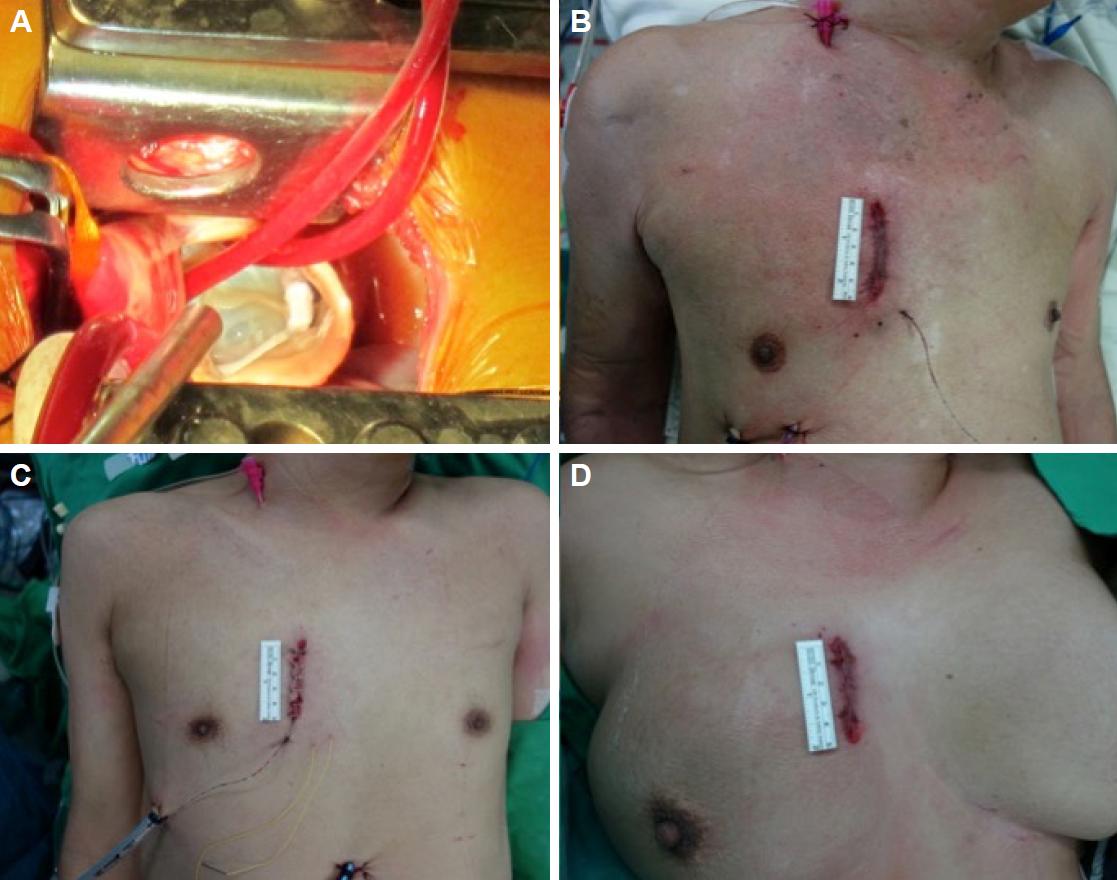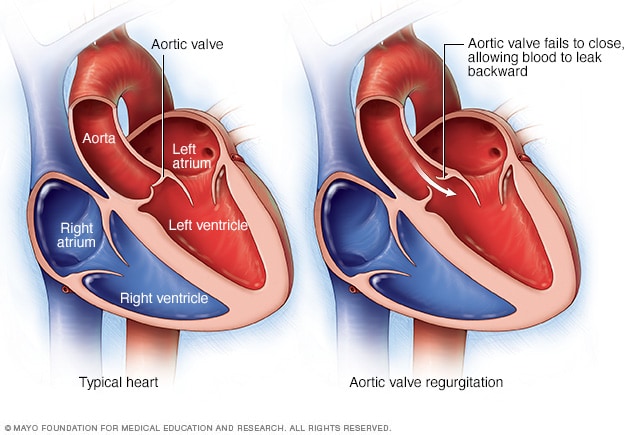Aortic Valve Replacement Incision
Transcatheter aortic valve replacement tavr transcatheter aortic valve replacement tavr transcatheter aortic valve replacement tavr is a minimally invasive procedure to replace a narrowed aortic valve that fails to open properly aortic valve stenosis.

Aortic valve replacement incision. Mini aortic replacement currently at the johns hopkins hospital the most commonly employed minimally invasive approach to the aortic valve is a mini sternotomy which consists of a 4 to 5 inch incision made through the upper portion of the chest dividing only the upper portion of the breastbone. Most of the stenotic aortic valves need replacement. The balloon is inflated to stretch the opening of the valve. The surgeon then repairs or replaces your abnormal heart valve or valves.
The catheter has a balloon on the end. Minimally invasive aortic valve surgery. Recently the use of transcatheter aortic valve replacement tavr has been used for high intermediate and low risk patients. You will feel tired and sore for the first few weeks after surgery.
When your aortic valve closes it keeps blood from flowing the wrong way back into your heart. You may have some brief sharp pains on either side of your chest. In certain forms of aortic valve insufficiency the aortic valve can be repaired. Minimally invasive aortic value surgery.
In this procedure doctors insert a catheter in your leg or chest and guide it to your heart. Tavr aortic valve surgery can be done through a small incision made in the groin or the left chest. Aortic valve repair and aortic valve replacement may be done through traditional open heart surgery which involves a cut incision in the chest or by using minimally invasive methods which involve smaller incisions in the chest or a catheter inserted in the leg or chest transcatheter aortic valve replacement or tavr. Your surgeon may perform aortic valve replacement using an open laparoscopic or robotic procedure.
You have had surgery to replace your hearts aortic valve. During traditional aortic valve surgery a surgeon makes a 6 to 8 inch incision down the center of your sternum and part or all of the sternum breastbone is divided to provide direct access to your heart. The replacement valve is passed into the blood vessel or the heart and moved up to the aortic valve. If certain things go wrong with that valve your doctor may.
Traditionally aortic valve surgery is performed through a large mid line skin incision in which the breastbone is divided called a sternotomy. This cycle repeats with every heartbeat. Many but not all aortic valve replacement operations are performed surgically using open heart procedures through an incision to the patients chest sternotomy or ribs thoracotomy.












